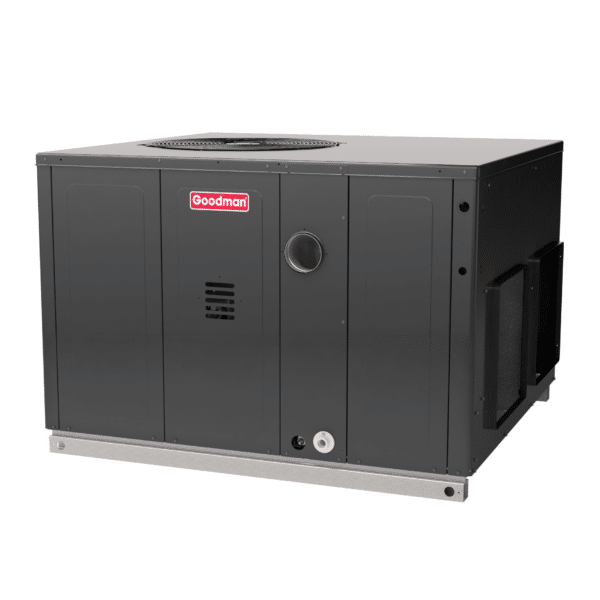While high energy ratings in an HVAC unit are desirable, homeowners often forget to factor in their home’s energy efficiency. A house is energy efficient when it consumes low power to keep comfortable temperatures. A house that is energy inefficient leaks heat and lets in cold draughts making the HVAC work harder than necessary. You can buy a high-efficiency HVAC, but this efficiency is invalidated if the house is energy inefficient. On top of installing an HVAC system, house weatherproofing helps achieve better total energy efficiency.
SEER Rating
SEER stands for Seasonal Energy Efficiency Ratio. This rating measures the amount of electric input used by an HVAC unit against the amount of cold air it generates over an average summer season. The average temperature is assumed to be at 65F to 104F degrees. It is the temperature for the average summer temperatures in the middle regions of the US. SEER ratings are useful when assessing a central air conditioner.
The efficiency rating of an HVAC unit determines its running cost. An HVAC with a SEER rating of 17 costs 23% less to run than one rated 14. The US Energy Information Administration has steadily adjusted recommended ratings upwards as advances in technology allow high efficiency.
EER Rating
EER stands for Energy Efficiency Ratio. It measures the same parameters as SEER but over the whole year. EER ratings assume the HVAC unit will operate on mild, warm, hot, and humid days. EER ratings are calculated with an assumption of average temperatures of 95F degrees upwards.
This rating is useful in assessing how a HVAC unit performs under a maximum cooling load on the summer’s hottest days. EER ratings help assess the efficiency of window air conditioners, which operate all-year-round.
HSPF Rating
HSPF stands for Heating Seasonal Performance Factor. It is like the SEER rating but for a heating unit. It measures the electric input against the heat generated by heat pump systems. Higher ratings translate to higher efficiency. The EIA requires a minimum rating of 8.2 for split heating systems and 8.0 for single package units made after 2015.
Total Home Efficiency
Both SEER and EER ratings are essential when evaluating efficiency, but this evaluation should be in the context of other factors. SEER ratings are more useful for people who live in temperatures that see extremes. Arizona is a good example. Average day temperatures in the summer are 98°F, while average low temperatures in the cold season are 45°F.
The three ratings are all useful because each provides information that you can use to plan and improve your home’s total efficiency. Almost all brands will have higher SEER ratings than EER ratings. The law requires that central air conditioners show their EER ratings.
Total home energy efficiency rises when the house is energy efficient as well. Home weatherproofing involves;
- Installing roof, wall, and attic insulation. It stabilizes the temperature in the house by preventing fluctuations caused by conduction and radiation.
- Window glazing creates a pocket of air that acts as a barrier, preventing heat loss and cold infiltration through the windows.
- Draught proofing windows and doors. It closes gaps in the window and door frames to prevent cold air from the outside from coming in or heated air from escaping. Draught proofing the house has an immediate impact on energy bills.
- Replace older filament bulbs with LED bulbs. These bulbs can cut lighting energy use by as much as 90%.
- Install auto-shutoff switches. These switches sense when appliances are not in use in a room and automatically cut off the power.
Looking at the total energy efficiency of a home extracts more value from your HVAC system. An HVAC with a SEER rating of 22 would have less impact on a house’s energy efficiency. However, you can install a HVAC system with a rating of 14/15/16 and achieve very high total energy efficiency when the house has been weatherproofed.
Are your energy bills too high? Contact FACT HVAC for a consultation on ways to improve your home’s energy efficiency.

